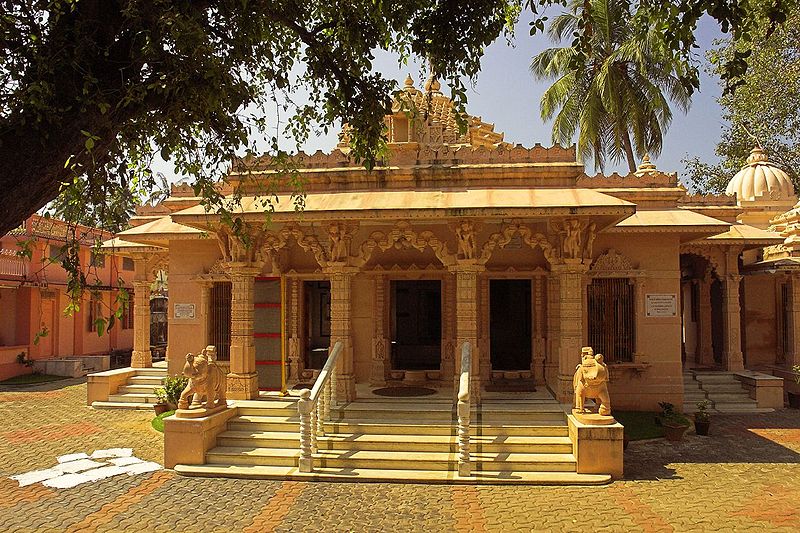Jainism
 From Conservapedia - Reading time: 1 min
From Conservapedia - Reading time: 1 min
Jainism is a religion which stresses extreme non-violence towards all life. Jainism is a Dharmic religion and is not a branch of Hinduism. Jainism was founded by Mahavira, who taught self-denial and non-violence toward all forms of life. Jainism's strict rules of non-violence, non-possessiveness, chastity, non-theft, and truth[1] caused it to lose popularity, but today it has over 4 million adherents worldwide. Jainism rejects the authority of the Vedas, sacred scriptures of Hinduism.
Jainism and Hinduism have coexisted for thousands of years, and so there are similarities in customs and religious holidays between the religions. Furthermore, the Buddha is revered as a holy figure, and most Jain homes will have a Buddha figurine or picture looking over the living area in the belief that it will bring prosperity.
The swastika is also a holy symbol for Jains, but is in no way connected with the Nazi swastika.
Jainism and the Mauryan Empire[edit]
Chandragupta Maurya, the founder of the Mauryan Empire was unusual because he was Jainist. He was the first emperor of India to be converted to Jainism and was frowned upon by the Hindu priests. When he was older, Chandragupta renounced his throne and joined a wandering group of Jainist monks. Chandragupta's example had no effect on the people; his successor, Emperor Bindusara, was Hindu.
Jain Temple in the old part of Fort Kochi, Kerala, India.
See also[edit]
| ||||||||
 KSF
KSF